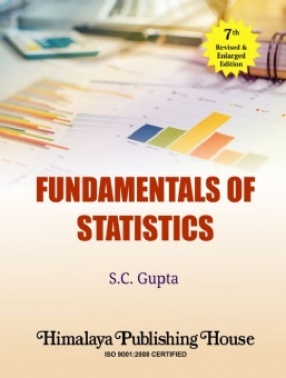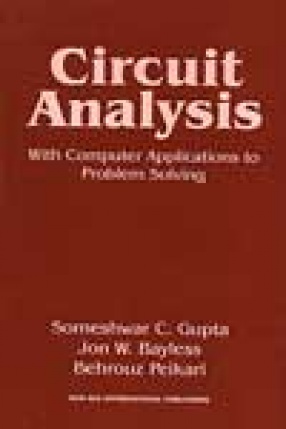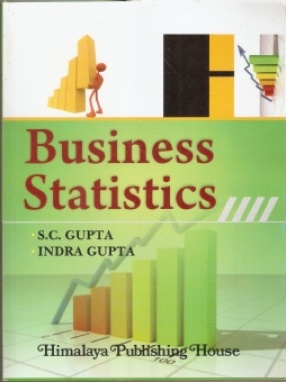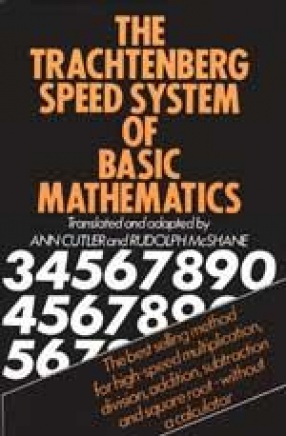Fundamentals of Statistics
In the ancient times Statistics was regarded only as the science of statecraft and was used to collect information relating to crimes, military strength, population, wealth, etc., for devising military and fiscal policies. But today, Statistics is not merely a by-product of the administrative set-up of the State but it embrace all science-social, physical and is finding numerous application in various diversified fields such as agriculture industry, sociology, biometry, planning, economics, business, management, insurance and aiding, and so on. Statistics (theory and methods) in used extensively by the government business or management, organizations in planning future programmers and formulating policy decision. It is rather impossible to think of any sphere of human activity where Statistics dose not creep in. In fact, to a very striking degree, the modern culture has become a statistical culture and there is no ground for misgivings regarding the practical radical realization of the dream of H.G. Wells, “Statistical thinking will one day be as necessary for effective citizenship as the ability to read and write”. The subject of Statistics has acquired tremendous progress in the recent past so much so that an elementary knowledge of Statistical methods has become a part of the general education in the curricula of many academic and professional courses.
The seventh thoroughly revised and enlarged edition of this indispensable book for all introductory and advance courses in Statistics in indented to cater to the students preparing for B.Com (Pass and Honors), B.A. (Economics Honors), M.Com, M.A. (Economics); CA, ICWA, MBA and other management courses. While retaining the basic features of earlier editions, this edition of the book includes TWO NEW Chapters (Chapters 26 and 27), and extensively revised, restructured, rewritten and updated material, with a number of distinct features.
Contents : 1. Introduction – Meaning and Scope. 2. Collection of Data. 3. Classification and Tabulation. 4. Diagrammatic and Graphic Representation. 5. Averages or Measures of Central Tendency. 6. Measures to Dispersion. 7. Skewness, Moments and Kurtosis. 8. Correlation Analysis. 9. Linear Regression Analysis. 10. Index Numbers. 11. Time Series Analysis. 12. Theory of Probability. 13. Random Variable, Probability Distributors and Mathematical Expectation. 14. Theoretical Distributions. 15. Sampling Theory and Design of Sample Surveys. 16. Theory of Estimation and Testing of Hypothesis. 17. Large Sample Tests. 18. Chi-square Test. 19. Tests of Significance Based on t, F and Z Distribution. 20. Interpolation and Extrapolation. 21. Statistical Quality Control. 22. Theory of Attributes. 23. Analysis of Variance (ANOVA). 24. Interpretation of Data and Statistical Fallacies. 25. Statistical Decision Theory. 26. Non-Parametric Methods. 27. Multiple and Partial Correlation and Regression Analysis. Appendices.
Get it now and save 10%
BECOME A MEMBER









Bibliographic information